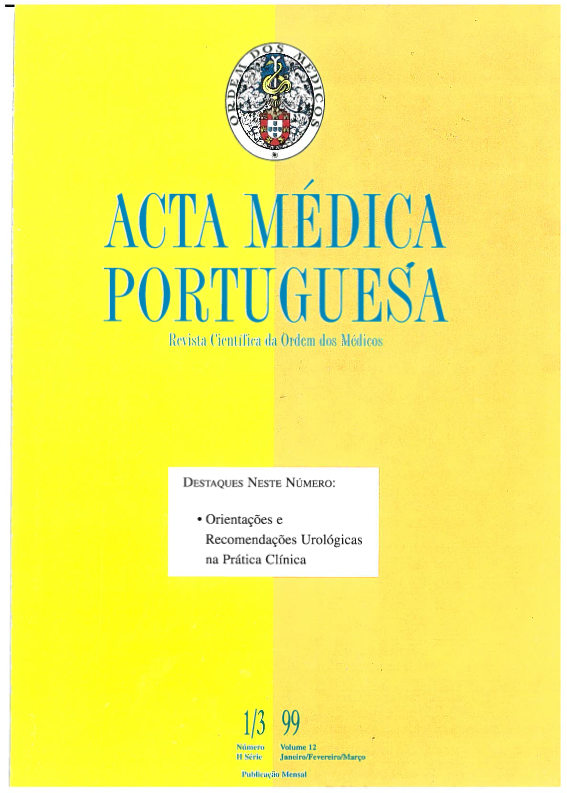Doença quística renal.
DOI:
https://doi.org/10.20344/amp.2113Resumo
The kidney is one of the organs most frequently affected by cystic disease, which can be defined as the morbidity attributable to the presence of renal cysts. Renal cysts appear in a series of very diverse hereditary anomalies, acquired or developmental, occurring as an isolated form or in association with other renal or systemic alterations. Cysts are microscopic or macroscopic abnormal cavities, with saccular or fusiform shape, coated with epithelium and filled with liquid. They origin in the nephron or the collecting tubules, with which a connection can be maintained or not. They can occur at any point in life, from the prenatal period to adulthood, and one or both kidneys may be affected in a focal or diffuse form. Renal cyst pathogenesis is not completely understood, although there is evidence that it may be caused by hyperproliferative dysplasic secretion and matrix remodelling alterations, modulated by endocrine, paracrine, juxtacrine and autocrine stimuli, which induce obstructive alterations that are determinant in its genesis and evolution.Downloads
Downloads
Como Citar
Edição
Secção
Licença
Todos os artigos publicados na AMP são de acesso aberto e cumprem os requisitos das agências de financiamento ou instituições académicas. Relativamente à utilização por terceiros a AMP rege-se pelos termos da licença Creative Commons ‘Atribuição – Uso Não-Comercial – (CC-BY-NC)’.
É da responsabilidade do autor obter permissão para reproduzir figuras, tabelas, etc., de outras publicações. Após a aceitação de um artigo, os autores serão convidados a preencher uma “Declaração de Responsabilidade Autoral e Partilha de Direitos de Autor “(http://www.actamedicaportuguesa.com/info/AMP-NormasPublicacao.pdf) e a “Declaração de Potenciais Conflitos de Interesse” (http://www.icmje.org/conflicts-of-interest) do ICMJE. Será enviado um e-mail ao autor correspondente, confirmando a receção do manuscrito.
Após a publicação, os autores ficam autorizados a disponibilizar os seus artigos em repositórios das suas instituições de origem, desde que mencionem sempre onde foram publicados e de acordo com a licença Creative Commons









